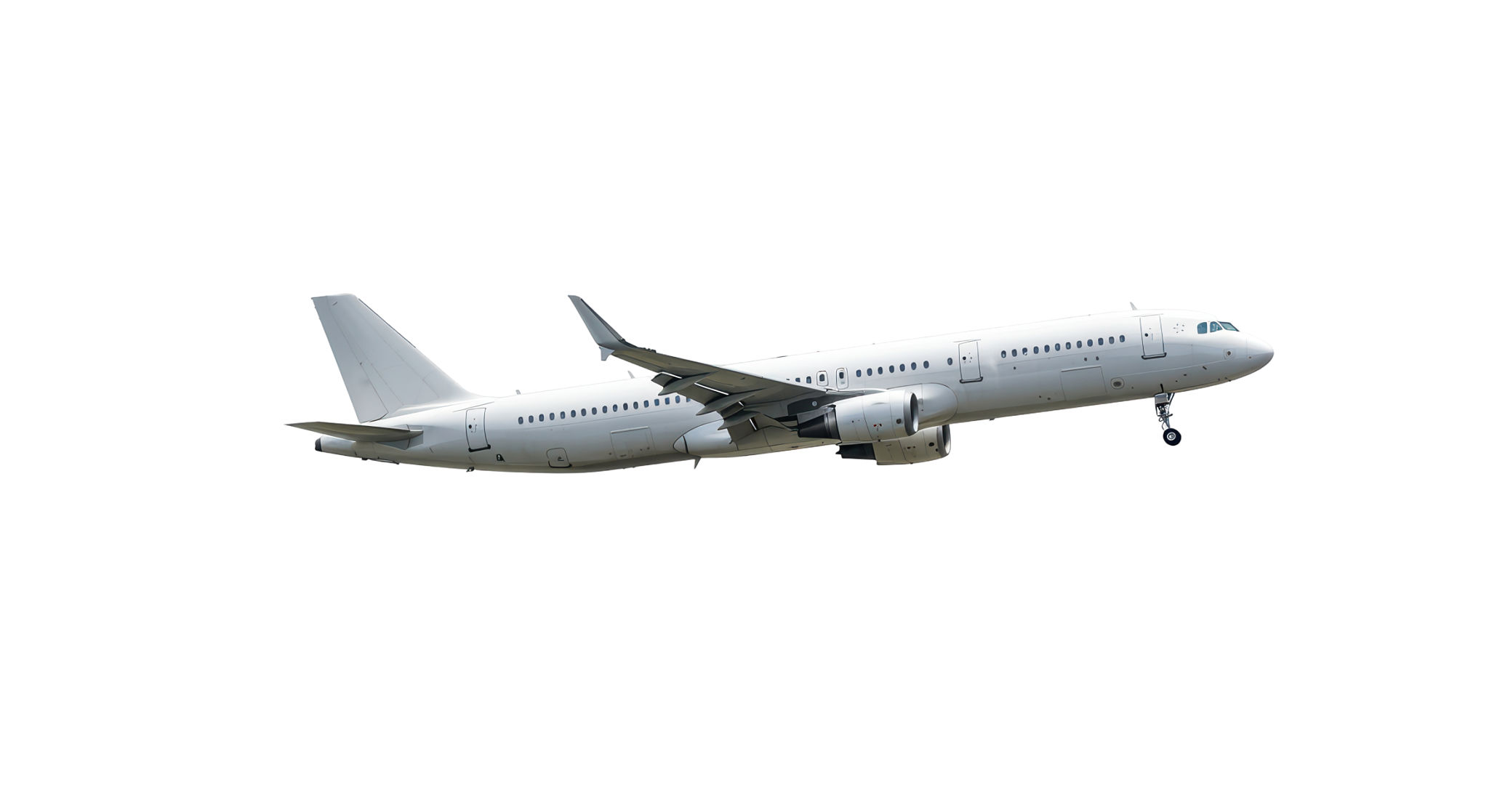Exploring the Future of Aviation Technology: Innovations Shaping the Industry
The Rise of Electric Aircraft
The aviation industry is on the brink of a technological revolution, with electric aircraft leading the charge. These innovative planes promise a future of reduced carbon emissions and quieter flights. Electric propulsion systems are at the forefront, leveraging advancements in battery technology to power aircraft over short to medium distances. As these systems continue to evolve, we can expect electric aircraft to play a major role in regional travel.

One of the main challenges in developing electric aircraft is creating batteries that are both lightweight and efficient. Companies around the globe are investing heavily in research and development to overcome these hurdles. As battery technology improves, the range and capacity of electric planes will only increase, making them a viable option for mainstream commercial aviation.
Autonomous Flight Systems
Autonomous flight systems are another exciting innovation reshaping the aviation industry. These systems leverage artificial intelligence and machine learning to pilot aircraft with minimal human intervention. With the potential to enhance safety and efficiency, autonomous technologies are attracting significant interest from both government agencies and private companies.

The integration of autonomous systems is expected to revolutionize air traffic management by reducing human error and improving operational efficiency. As the technology matures, we could see a future where pilotless aircraft are a common sight in our skies, ushering in a new era of air travel.
Advanced Aerodynamics and Materials
In addition to propulsion and autonomy, advancements in aerodynamics and materials are also shaping the future of aviation. Engineers are exploring new aircraft designs that minimize drag and improve fuel efficiency. These innovations are complemented by the use of lightweight composite materials, which contribute to better performance and lower operating costs.

Composite materials such as carbon fiber are becoming increasingly popular due to their strength-to-weight ratio. By reducing the overall weight of the aircraft, these materials enable airlines to save on fuel costs while also decreasing their environmental impact. As technology progresses, we can expect even more sophisticated materials to emerge, further transforming the aviation landscape.
The Impact of Urban Air Mobility
Urban Air Mobility (UAM) is set to redefine how we think about transportation within cities. With concepts like flying taxis gaining traction, UAM aims to alleviate urban congestion and provide efficient, point-to-point travel solutions. Vertical takeoff and landing (VTOL) vehicles are at the heart of this initiative, offering a futuristic vision of urban transport.
As cities become more crowded, UAM presents an innovative solution for reducing traffic woes. These vehicles not only promise speed and convenience but also have the potential to operate with significantly lower emissions compared to traditional ground transportation. The success of UAM will depend on overcoming regulatory challenges and developing infrastructure that supports its growth.
The Role of Sustainable Aviation Fuels
Sustainable Aviation Fuels (SAFs) are playing a critical role in reducing the carbon footprint of air travel. Derived from renewable resources, SAFs offer a cleaner alternative to conventional jet fuel. As airlines seek to meet stringent environmental regulations, the adoption of SAFs is set to increase significantly.

The industry is seeing a growing number of collaborations between fuel producers, airlines, and governments to scale up SAF production. This shift towards sustainable fuels not only benefits the environment but also represents a strategic move for airlines aiming to achieve long-term sustainability goals.
Conclusion: A Promising Horizon
The future of aviation technology is bright, with numerous innovations poised to reshape how we travel by air. From electric aircraft and autonomous systems to advanced materials and sustainable fuels, these developments promise a more efficient, environmentally friendly, and convenient aviation industry.
As these technologies continue to evolve, collaboration between stakeholders will be key in realizing their full potential. The aviation industry's commitment to innovation ensures that it remains at the forefront of transportation solutions, ready to meet the demands of a rapidly changing world.
